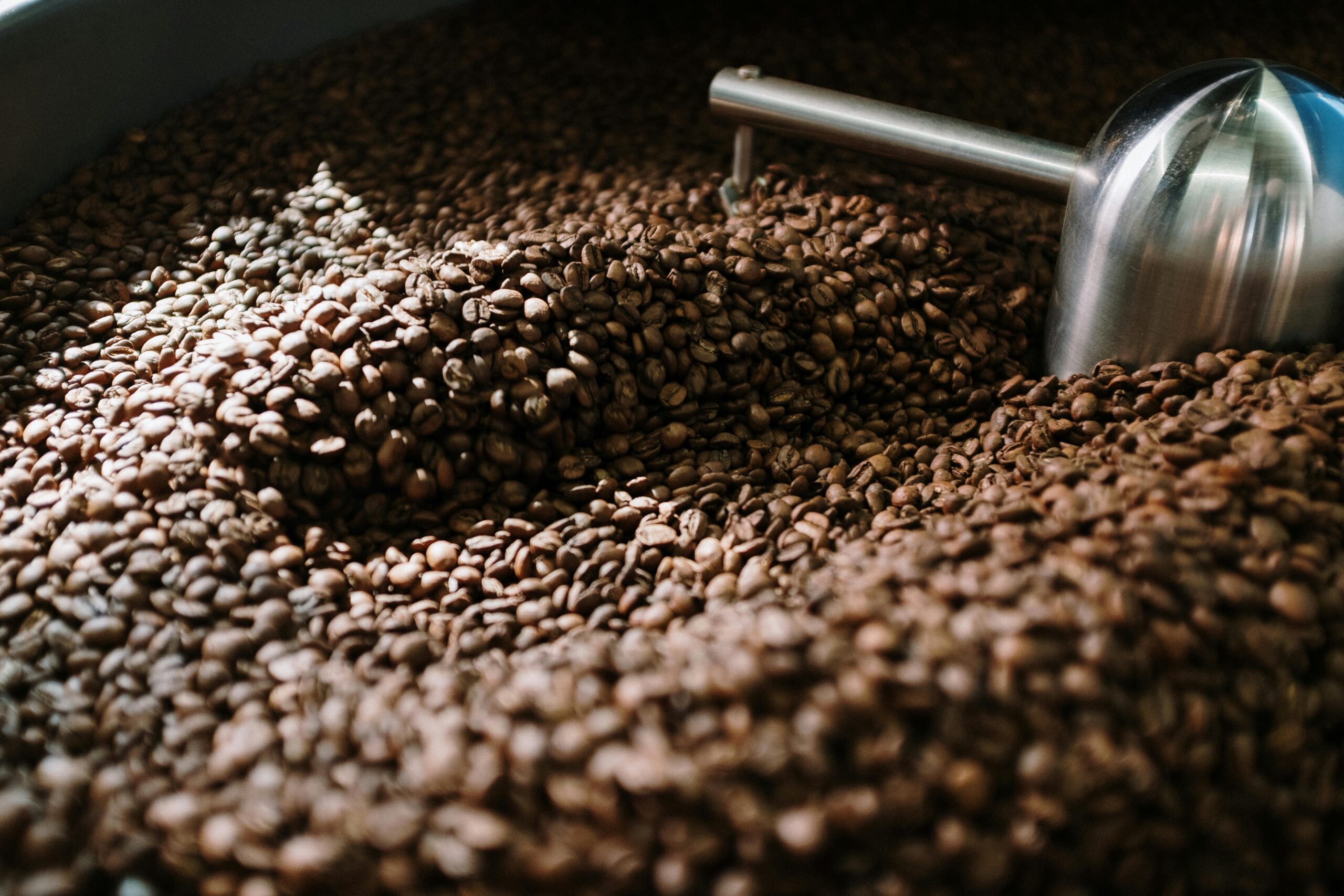
Flax (Linum usitatissimum) is a dual-purpose crop primarily grown for linseed oil (industrial & food use) and fiber (linen textiles). While smaller in scale compared to major commodities like cotton or wheat, flax has niche markets with specialized demand.
1. Key Characteristics of Flax as a Commodity
A. Types & Uses
-
Linseed (Oilseed Flax)
-
Primary Use: Oil extraction (rich in omega-3 fatty acids, used in food, paints, varnishes).
-
Byproducts: Linseed meal (animal feed).
-
-
Fiber Flax
-
Primary Use: Linen production (high-quality textiles, apparel, home goods).
-
B. Production & Seasonality
-
Top Producers:
-
Oilseed Flax: Kazakhstan, Russia, Canada, China.
-
Fiber Flax: France, Belgium, Netherlands, Belarus (ideal climate for long fibers).
-
-
Harvest Season:
-
Northern Hemisphere (July–September).
-
C. Global Trade
-
Major Exporters:
-
Oilseed Flax: Canada (~35% of global exports), Russia, Kazakhstan.
-
Fiber Flax: EU (France, Belgium), Belarus.
-
-
Major Importers:
-
Oilseed Flax: China (for crushing), EU, USA.
-
Fiber Flax: China, Italy (textile manufacturing).
-
2. Market Dynamics
A. Pricing Factors
-
Supply-Side Influences:
-
Weather (droughts in Canada/Russia affect yields).
-
Competing crops (farmers switch to more profitable grains).
-
-
Demand-Side Influences:
-
Linseed Oil: Health food trends (omega-3 demand), industrial coatings market.
-
Linen Fiber: Luxury fashion, sustainability trends.
-
B. Value Chain
-
Oilseed Flax: Farmers → Crushing Plants → Oil/Meal Traders → Food/Cosmetic/Industrial Buyers.
-
Fiber Flax: Farmers → Retting & Scutching Processors → Spinners → Textile Manufacturers.
C. Futures & Market Liquidity
-
No major futures market (unlike cotton or soybeans).
-
Prices set via private contracts between farmers, processors, and buyers.
-
EU subsidies support fiber flax cultivation (for linen industry).
3. Challenges in Flax Commoditization
✅ Limited Scale – Small production vs. major oilseeds (soybean, canola).
✅ Processing Complexity – Fiber flax requires labor-intensive retting & scutching.
✅ Competition from Synthetics – Polyester dominates textiles; synthetic oils cheaper.
✅ Price Volatility – Niche market = susceptible to demand swings.
4. Non-Commodity Aspects (Value Addition)
-
Organic & Premium Linen (high-end fashion brands like Eileen Fisher).
-
Health Food Market (cold-pressed flaxseed oil, omega-3 supplements).
-
Sustainability Appeal – Flax is biodegradable, requires fewer pesticides than cotton.
5. Comparison with Other Fiber/Oilseed Crops
| Feature | Flax (Fiber) | Flax (Oilseed) | Cotton | Soybean |
|---|---|---|---|---|
| Primary Use | Linen textiles | Oil (food/industrial) | Textiles | Oil/animal feed |
| Market Size | Niche | Small-medium | Massive | Massive |
| Futures Trading | No | No | Yes (ICE) | Yes (CBOT) |
| Sustainability | High (low water use) | Moderate | Water-intensive | Deforestation concerns |
Conclusion
Flax is a specialized commodity with two distinct markets:
-
Oilseed Flax: Competing in the edible/industrial oils sector.
-
Fiber Flax: A premium, sustainable textile alternative to cotton.
